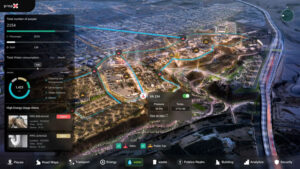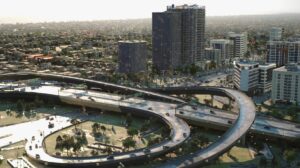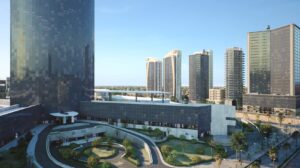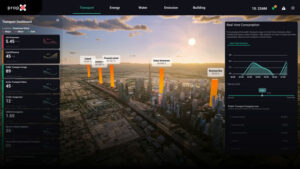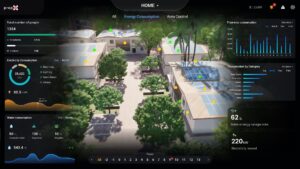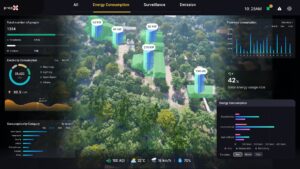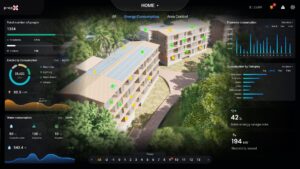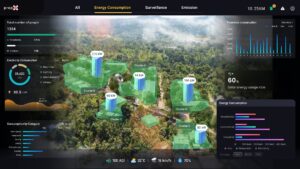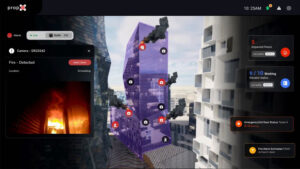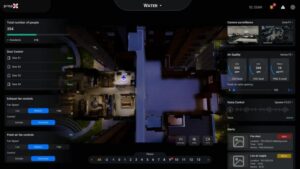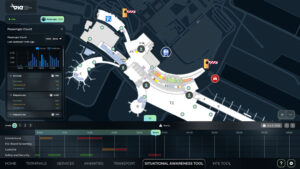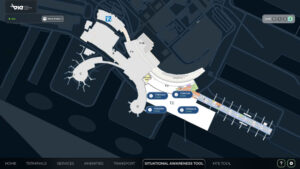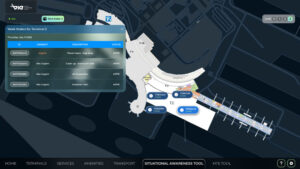City Digital Twin
Ryiadh, Saudi Arabia
Envisioning the next generation of smart cities, the creation of a data-rich, highly visualized virtual digital twin of the capital represents a transformative step. By layering critical data streams, such as infrastructure networks, live traffic analytics, and Internet of Things (IoT) feeds within a unified digital environment, we unlock powerful tools for analysis, simulation, and strategic decision-making that will define the future.
Smart Buildings
AL’MA HOME
The future of sustainable urban development increasingly focuses on the built environment, leveraging a data-driven, highly visualized virtual digital twin managed through a central command center. This system integrates critical Environmental data layers specific to the construction and building lifecycle – tracking metrics such as embodied carbon, construction waste volumes, sustainable material sourcing, operational energy consumption, and building water efficiency. These inputs feed specialized dashboards within the command center, delivering actionable, real-time insights. This empowers stakeholders to optimize sustainable construction practices, monitor real-time building performance against efficiency targets, and strategically manage the city’s building stock for minimized environmental footprint and enhanced resilience.
Smart Buildings
Command Center – Project Level
The future of intelligent building management is realized through a dedicated command center powered by a data-driven, highly visualized digital twin of the individual building. This system integrates diverse in-building sensor data and system feeds – monitoring parameters like granular energy usage per zone/system, HVAC performance metrics, lighting levels, real-time occupancy data, water consumption points, indoor air quality (IAQ), and equipment status. Dynamic dashboards within the command center translate this complex data into actionable, real-time insights. This empowers facility managers and operators to proactively optimize building systems for peak efficiency, minimize energy and resource consumption, enhance occupant comfort and well-being, predict maintenance requirements before failures occur, and ensure the operational resilience, safety, and security of that specific building asset.
Smart Airports
Dubai International Airport
As airports strive to accommodate growing passenger demand and adapt to evolving industry trends, the need for future-proof infrastructure becomes paramount. Leveraging digital twin-based simulations, airports can assess the impacts of infrastructure projects on capacity, efficiency, and passenger experience, ensuring sustainable growth and operational excellence. This case study explores how smart infrastructure development using digital twin-based simulations empowers airports to design and implement future-proof projects.







